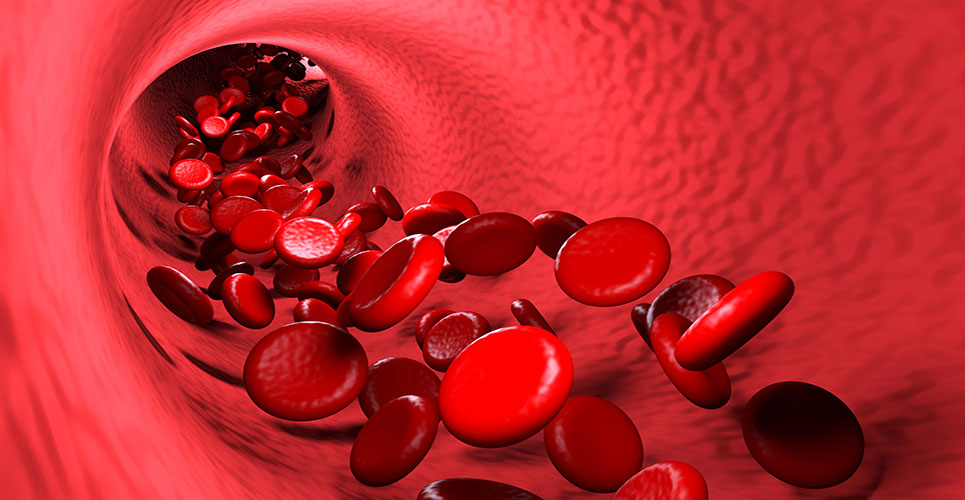New guidelines released by the Thalassaemia International Federation (TIF) address the Management of Non-Transfusion Dependent Thalassaemias (NTDT) and are a first of their kind in the field of medical haematology.
↓Article continues below this sponsored advert↓
↑Advertisement↑
New guidelines released by the Thalassaemia International Federation (TIF) address the Management of Non-Transfusion Dependent Thalassaemias (NTDT) and are a first of their kind in the field of medical haematology.
The guidelines, presented today at the 18th Congress of the European Haematology Association (EHA), provide a consensus of international expert opinion based on the latest data in the field, and were developed to give clinicians easy-to-follow protocols to better identify and manage this patient population, who are often overlooked or under-diagnosed.
NTDT is a term used to label patients who do not require lifelong regular, blood transfusions for survival, although they may require occasional or even frequent transfusions in certain clinical settings and for defined periods of time. Non-transfusion-dependent thalassaemias include: thalassaemia intermedia, HbE/thalassaemia and α-thalassaemia (HbH), and predominantly affect people of South and Southeast Asian, Mediterranean and Middle Eastern origin.
“NTDT affects an equal or even larger population than β-thalassaemia major on a global scale because NTDT is more prevalent in some of the most populous regions of the world, like South East Asia and the Western Pacific Region,” said Dr Androulla Eleftheriou, executive director of TIF. “Due to migration and global population movements, NTDT exists in almost every region and country of the world including Europe.”
“Over the last decade we have made great strides to better understand the management of the disease, most notably the role of transfusion therapy and iron chelation therapy,” continued Dr Eleftheriou. “The TIF NTDT guidelines offer the most current medical evidence to help clinicians make more informed therapeutic decisions to better influence patient outcomes and avoid disease complications.”
The new data included in the guidelines will undoubtedly contribute to a better understanding of NTDT and will clarify for the medical community that even in the absence of transfusion therapy, NTDT patients are still at risk for developing chronic iron overload due to increased iron absorption in the stomach and intestines triggered by the body’s need for more red blood cells.
“Without proper disease management, people with NTDT can still develop dangerous iron buildup in vital organs that can cause serious and potentially life-threatening complications,” Dr
Michael Angastiniotis, TIF Medical Advisor, added.
Key highlights in the NTDT guidelines include:
- Iron chelation therapy should be initiated in NTDT patients with a liver iron concentration (LIC) >5 mg Fe/g dry weight and maintained until patients achieve levels <5 mg Fe/g dry weight.
- Patients who achieve levels below 5 mg Fe/g dry weight could be taken off the chelator, and given the opportunity for a ‘drug vacation’, a strategy that could potentially lessen the psychosocial implications of committing to a lifelong treatment.
- Patients should be monitored closely with LIC evaluation every 1-2 years to identify patients who are approaching values >5 mg Fe/g dry weight and hence require reintroduction of chelation therapy.
- The burden of prolonged and regular infusions from desferrioxamine affects patients’ psychosocial stability, quality of life and impacts compliance. Poor compliance has been shown to negatively correlate with survival. Oral formulations of iron chelation therapy have been shown to positively impact patient quality of life and should therefore be considered for NTDT patients who require iron chelation therapy.
“One of our goals in disseminating these guidelines is to help prepare doctors and health systems around the world to better understand and recognise the clinical importance of NTDT and advise doctors who are less familiar with the disease. This will support better identification and effective treatment of NTDT patients,” said Dr Eleftheriou.
“This has become increasingly urgent as increased globalisation and immigration have meant that large immigrant populations have brought NTDT to many countries where it was very rare in the past, and the need for education and awareness cannot be overstated,” said Panos Englezos, President of TIF.
Copies of the guidelines and other TIF publications are available at:

